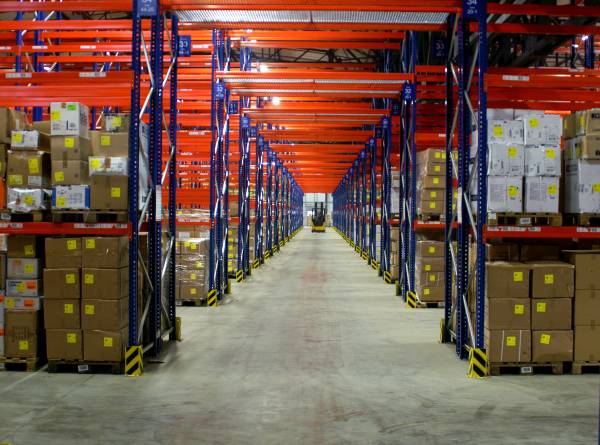Deutsche Post AG
 Trade / Forwarding / Logistics service providers
Trade / Forwarding / Logistics service providers
 Nohra
Nohra

 Trade / Forwarding / Logistics service providers
Trade / Forwarding / Logistics service providers
 Nohra
Nohra

Deutsche Post AG operates a shipping warehouse in Nohra/Thuringia, which supplies around 23,000 customers of Deutsche Post, DHL and Postbank. Since July 2003, one of the largest B2B online marketplaces in Europe has been served from the Nohra site - which is also part of the Trimodo supply chain
Around 5,000 different items are stored in a storage area of approx. 13,000 m² - from office supplies, service requirements, forms, brochures and advertising materials to cleaning agents and protective clothing to spare parts for the mail carrier's service vehicles.
The entire office and service needs of all German locations of the post offices as well as DHL and the Postbank are handled via the warehouse logistics of this dispatch warehouse. Well over 3,000 express parcels and around 800 letters are sent to customers every day.
The performance and reliability of the storage and transport systems operated as well as the installed IT components therefore largely determine the ability of the customer's branch network to work.
The aim of the investment was to replace the MFR, for which due to its special operating system there were no longer any replacement components (battery-buffered RAM, device adapters, interface cards, etc.) available on the IT market. In connection with this, the following further goals should be achieved:
The iFD-MFCS was used as the standard system for the migration - supplemented by the necessary project-specific functions that had been previously defined in the specifications. In order to reduce interfaces, the developers at iFD integrated the plant and management information system (AMIS) - responsible, among other things, for the visualization of the occupancy status and faults of the conveyor system - directly into the iFD-MFCS, so that a separate visualization server could be omitted.